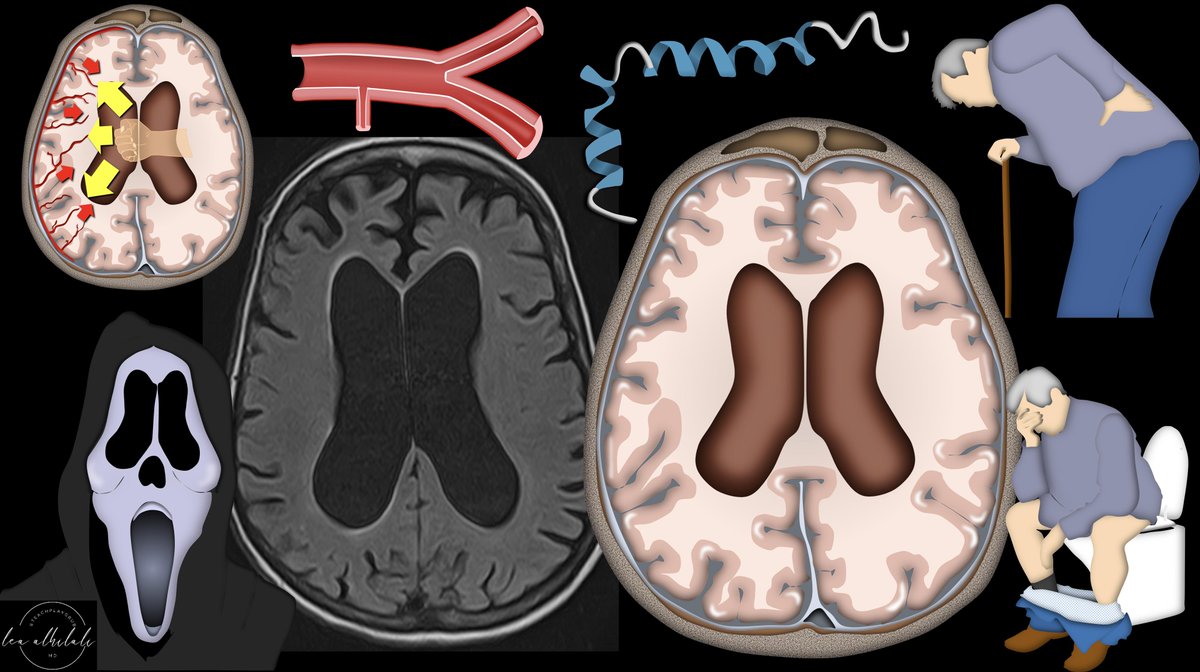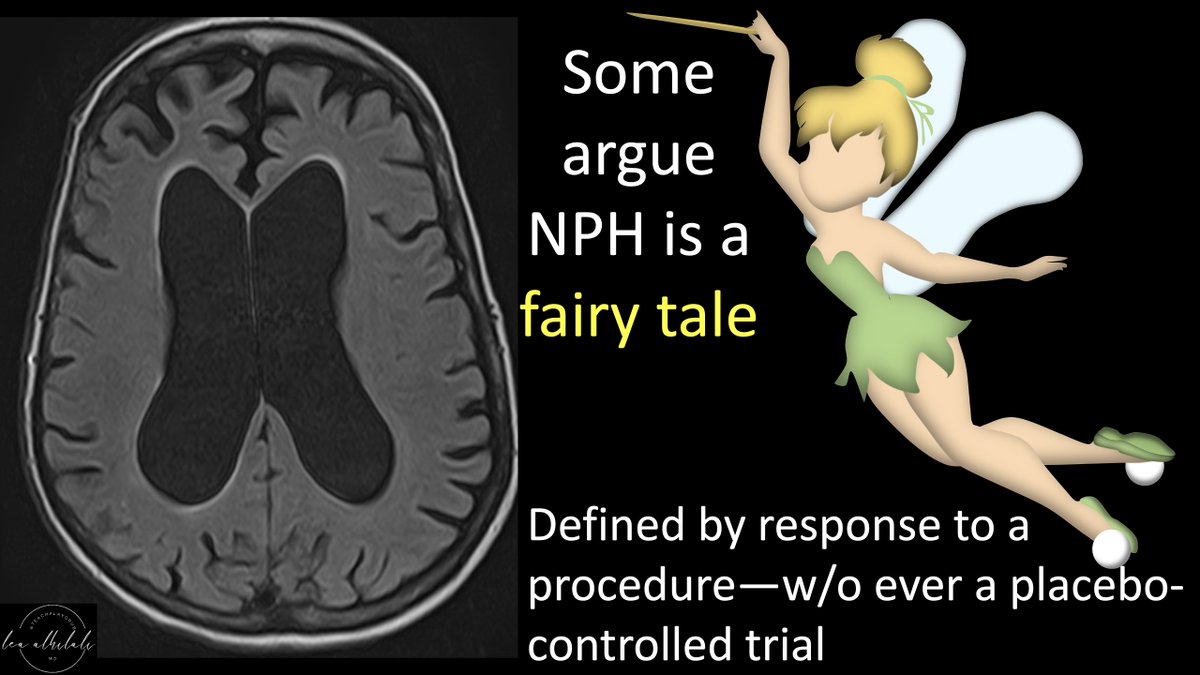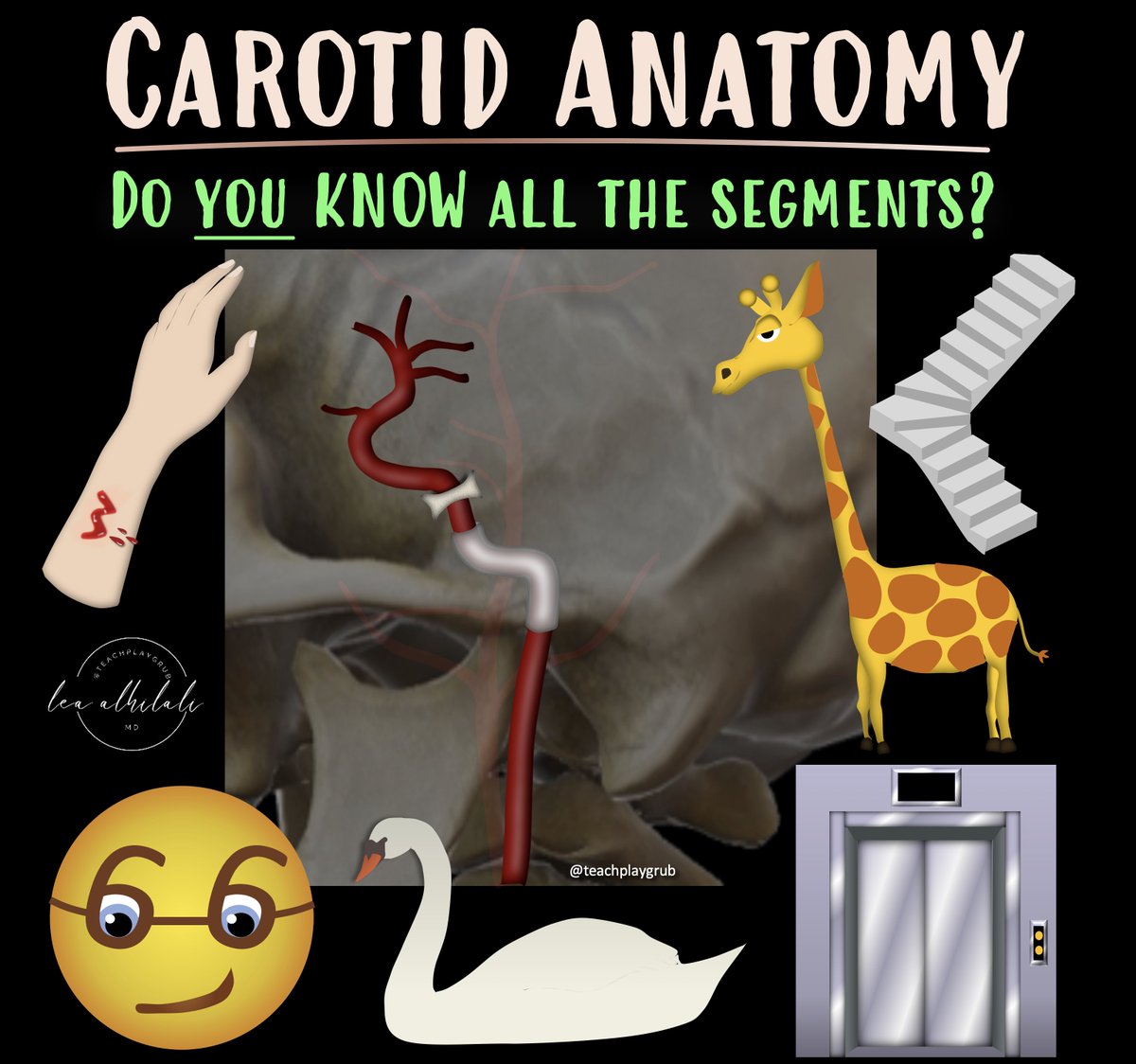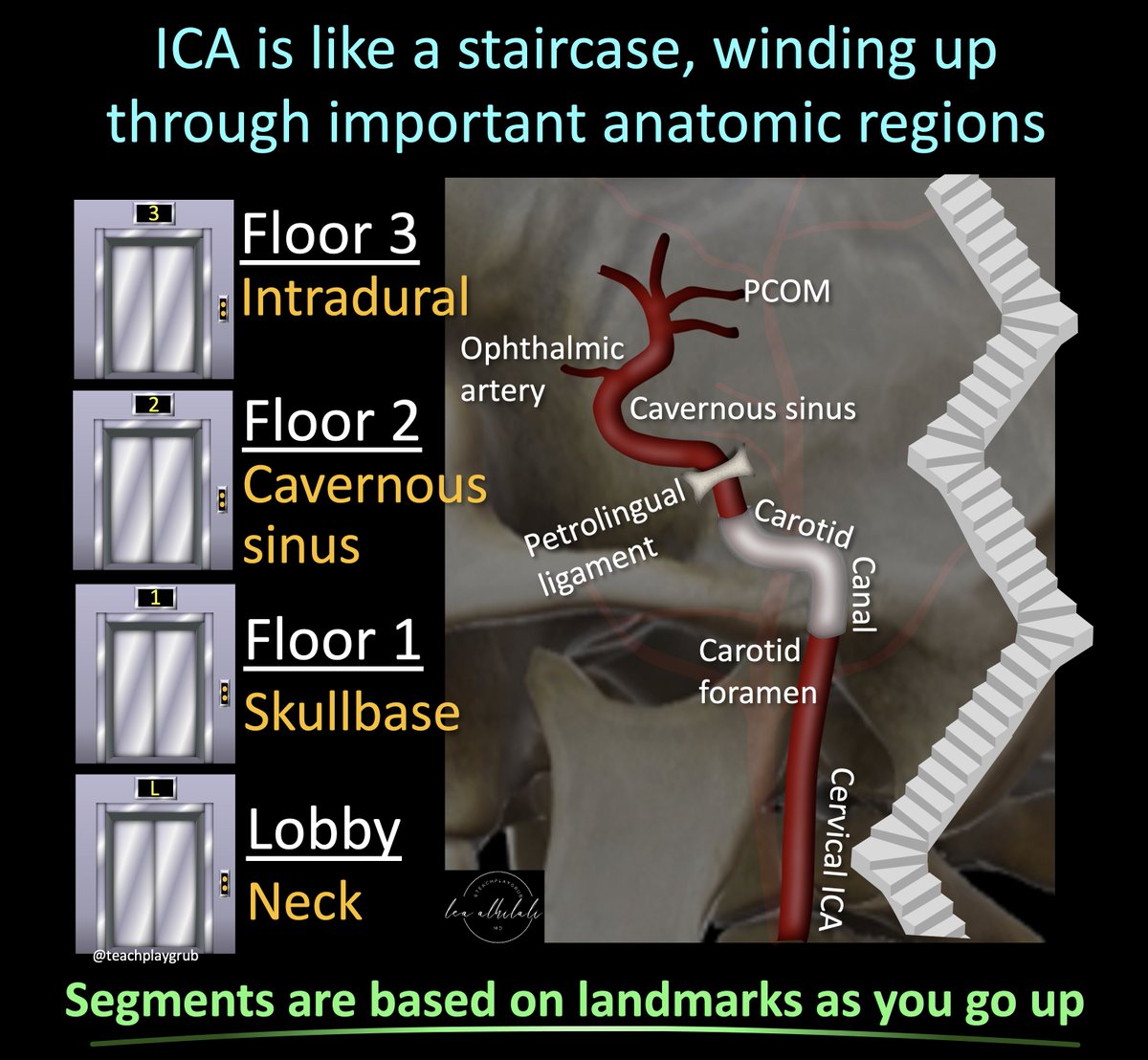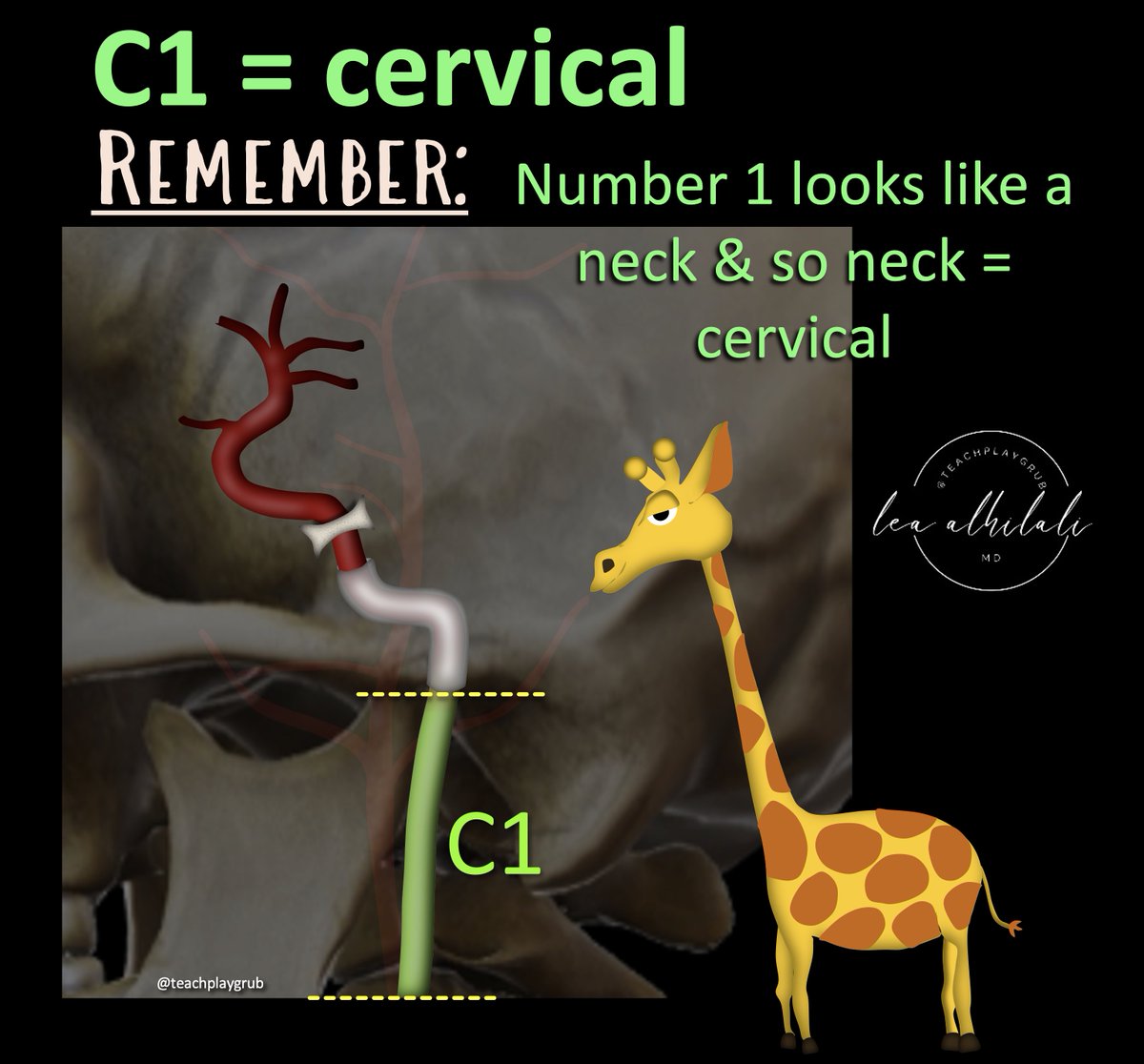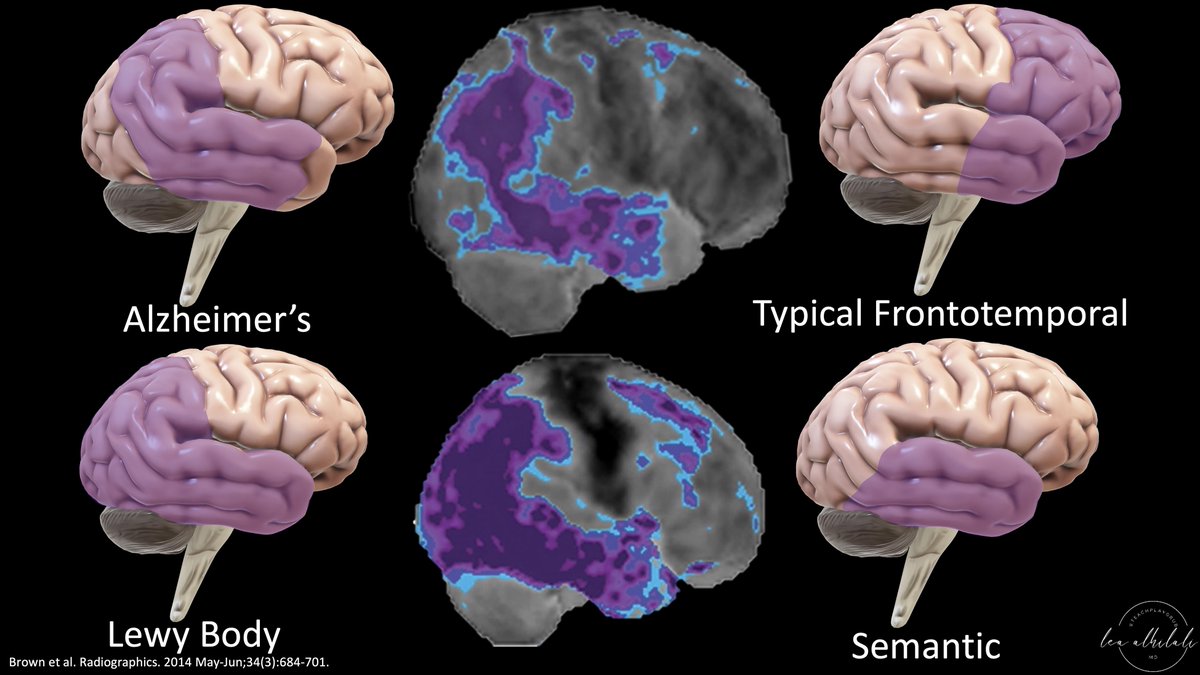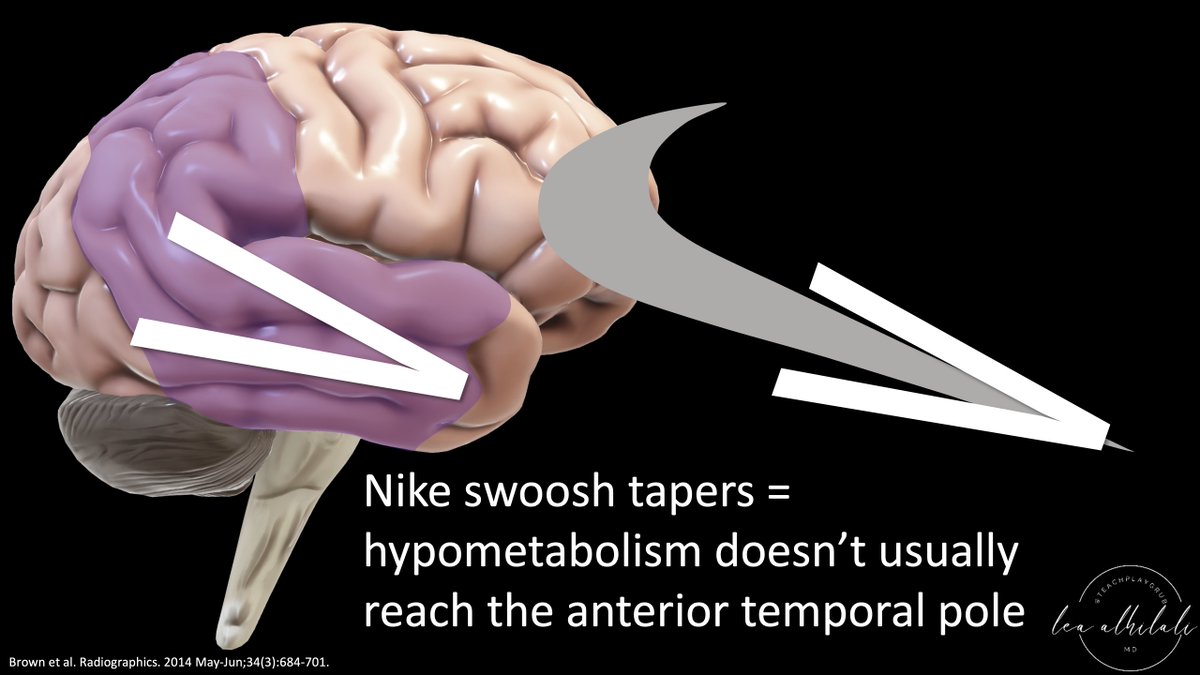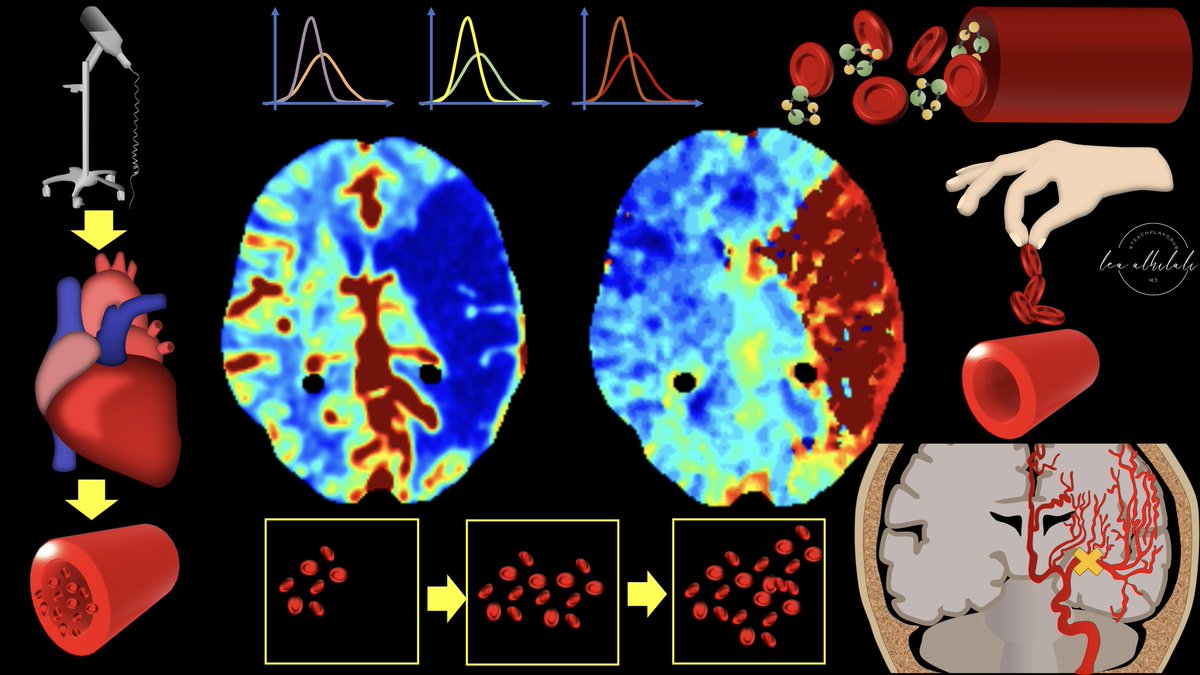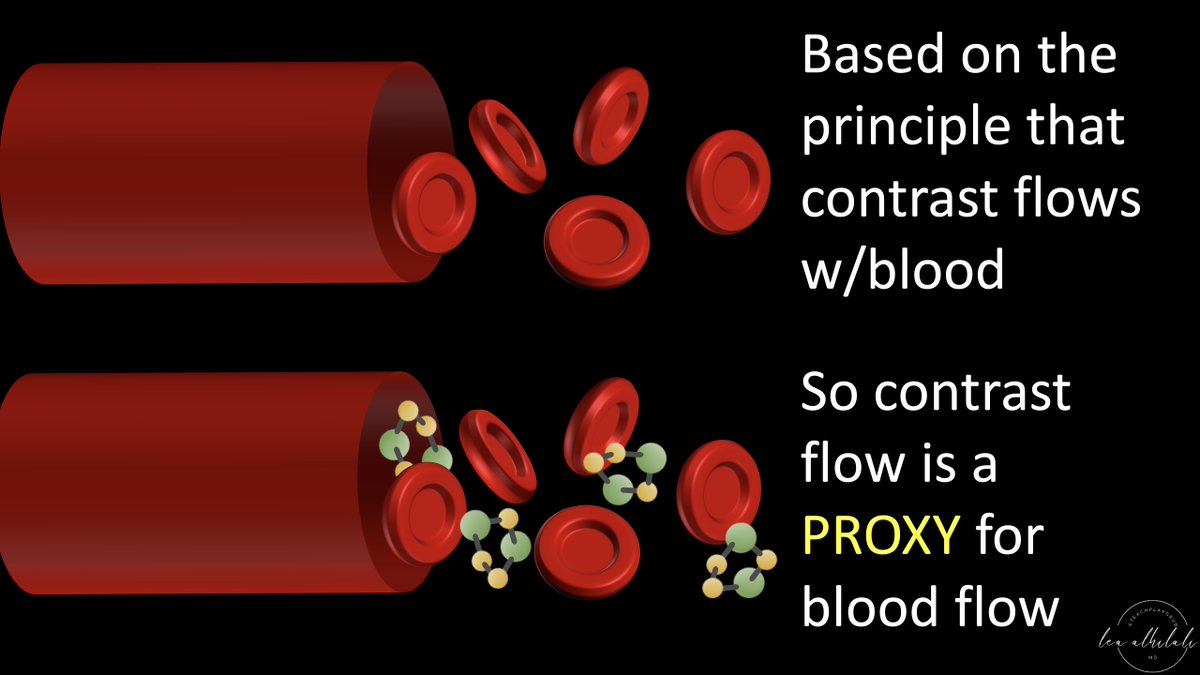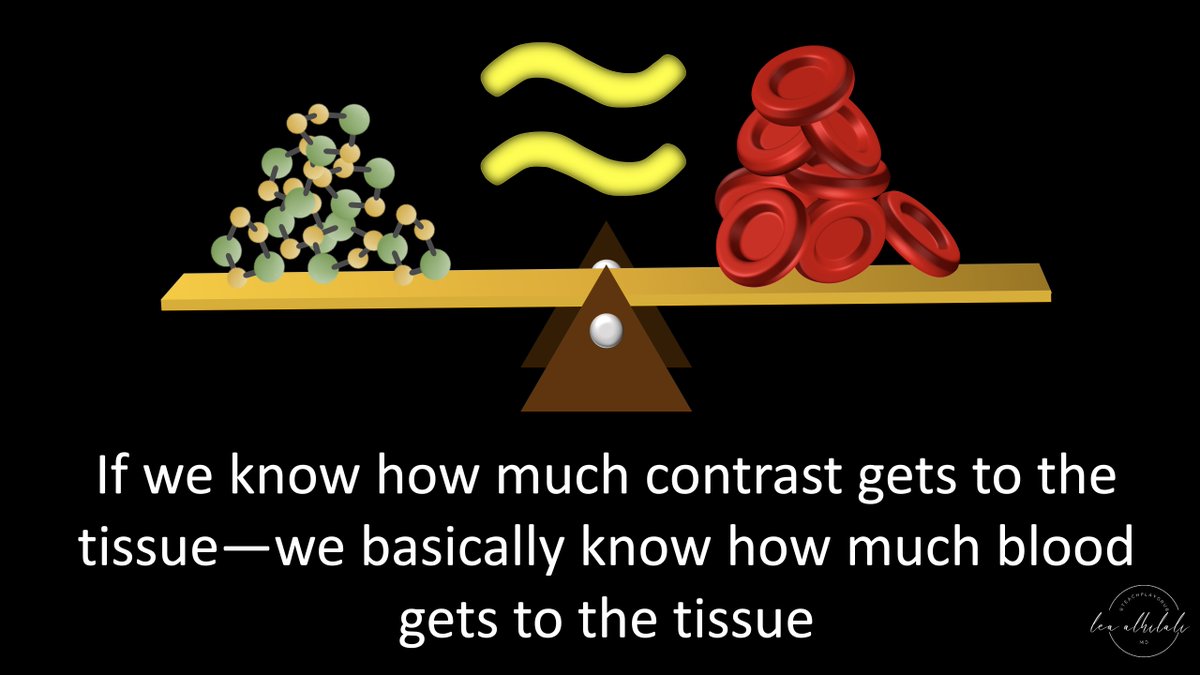1/
“You don’t get points for having your needle in the right place if you don’t get a diagnosis.” When we biopsy the skullbase we work to get a diagnosis.
A sort of #tweetorial but more like a 🧵about our skullbase biopsy system. #FOAMed #medtwitter #neurosurgery #neurotwitter
“You don’t get points for having your needle in the right place if you don’t get a diagnosis.” When we biopsy the skullbase we work to get a diagnosis.
A sort of #tweetorial but more like a 🧵about our skullbase biopsy system. #FOAMed #medtwitter #neurosurgery #neurotwitter

2/
Unless the lesion is difficult to diagnosis w/FNA (ie, schwannoma), we begin by FNA w/an 18g draw needle & a 22g Quincke needle. We do not aspirate, b/c the skullbase is very vascular, & too much blood will be drawn up, making it difficult to tell if the sample is diagnostic.
Unless the lesion is difficult to diagnosis w/FNA (ie, schwannoma), we begin by FNA w/an 18g draw needle & a 22g Quincke needle. We do not aspirate, b/c the skullbase is very vascular, & too much blood will be drawn up, making it difficult to tell if the sample is diagnostic.

3/
However, if we are not getting a diagnosis with FNA, we will move to a core. If it is a deep lesion, we will use the Biopince system, beginning with a 17g, 7 cm introducer. This is an example of IgG4 disease of the trigeminal nerve that failed FNA and required a core
However, if we are not getting a diagnosis with FNA, we will move to a core. If it is a deep lesion, we will use the Biopince system, beginning with a 17g, 7 cm introducer. This is an example of IgG4 disease of the trigeminal nerve that failed FNA and required a core

4/
Through the 17g introducer, the 18g Biopince needle is inserted for biopsy. You need about 3.5cm of tissue depth to the lesion to support this system. If there is less tissue, there is not enough purchase to hold the introducer in place and it will sag.
Through the 17g introducer, the 18g Biopince needle is inserted for biopsy. You need about 3.5cm of tissue depth to the lesion to support this system. If there is less tissue, there is not enough purchase to hold the introducer in place and it will sag.

5/
For superficial lesions, we change the introducer to a 16g Angiocath IV needle. It has a internal metal stylet, making it easy to steer. This a deep parotid lesion invading the masticator space requiring a core, but was too superficial to support the normal Biopince system.
For superficial lesions, we change the introducer to a 16g Angiocath IV needle. It has a internal metal stylet, making it easy to steer. This a deep parotid lesion invading the masticator space requiring a core, but was too superficial to support the normal Biopince system.

6/
The Biopince needle fits perfectly into the 16g Angiocath. The tip of the Angiocath stops the Biopince from advancing further, so you will begin the throw for your core immediately from end of your introducer.
The Biopince needle fits perfectly into the 16g Angiocath. The tip of the Angiocath stops the Biopince from advancing further, so you will begin the throw for your core immediately from end of your introducer.

7/
The most important thing is to get the patient a diagnosis. I tell the pathologist "I can do this all day." We biopsy lesions until we are told samples are diagnostic. To prove a negative (ie infection not tumor), we sample at least 10 times to avoid undersampling.
The most important thing is to get the patient a diagnosis. I tell the pathologist "I can do this all day." We biopsy lesions until we are told samples are diagnostic. To prove a negative (ie infection not tumor), we sample at least 10 times to avoid undersampling.

• • •
Missing some Tweet in this thread? You can try to
force a refresh





